Surveyors, Cartographers and Related Professionals⇒Digital Cartographer

Surveying and cartography will continue to change under the influence of digitalization. Geodetic measurements will increasingly rely on 3D laser scanning and point cloud processing; these technologies facilitate the construction of 3D models of measured objects. As the concept of "smart city" becomes more complex, digital maps will perform not only utilitarian tasks (for example, which route is the fastest to get from point A to point B), but also serve the emotional comfort of life in the city. For example, such varieties of city maps will develop, which will show the user the most picturesque routes to the city's attractions, the maps will show the city as a sound landscape (some areas of the city are quiet and calm, while others, on the contrary, are always noisy and lively, etc.). etc.). In addition, neural networks and machine learning will be used to create vector maps.
Difference:
Laser scanning in geodesy, in contrast to the use of traditional methods, greatly simplifies the construction of 3D models of surveyed objects, the data are obtained with high accuracy, while time and money costs are reduced. Maps are no longer just tools for orientation on the ground. Maps of modern cities will become navigators not only in the physical space of the city, but also in the atmospheric, emotional space.
Trigger:
- The needs for different geoinformation are constantly changing.
- Clients need fast and accurate information on demand - all this stimulates the development of laser scanning.
- The changing attitudes of residents towards the city, towards their experience of living in the city, expands the range of use of traditional tools (for example, area maps).
- The use of neural networks and machine learning will reduce the cost of creating vector maps (in particular, the cost of object recognition).

